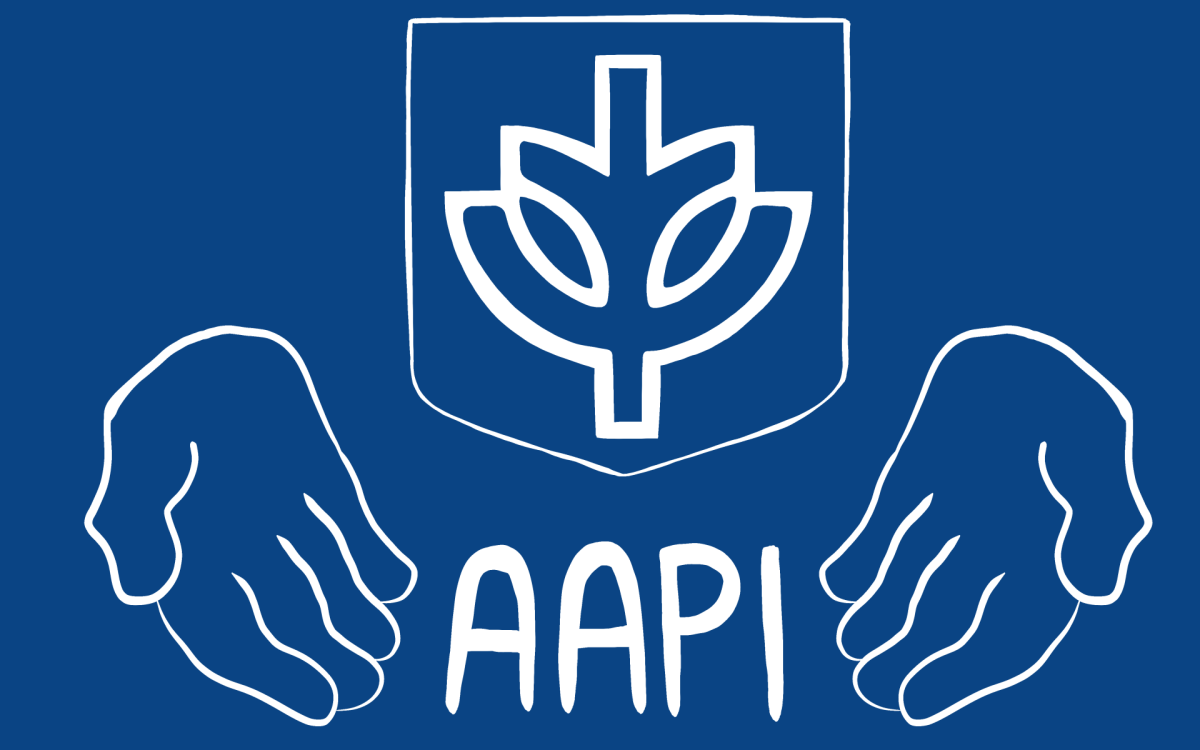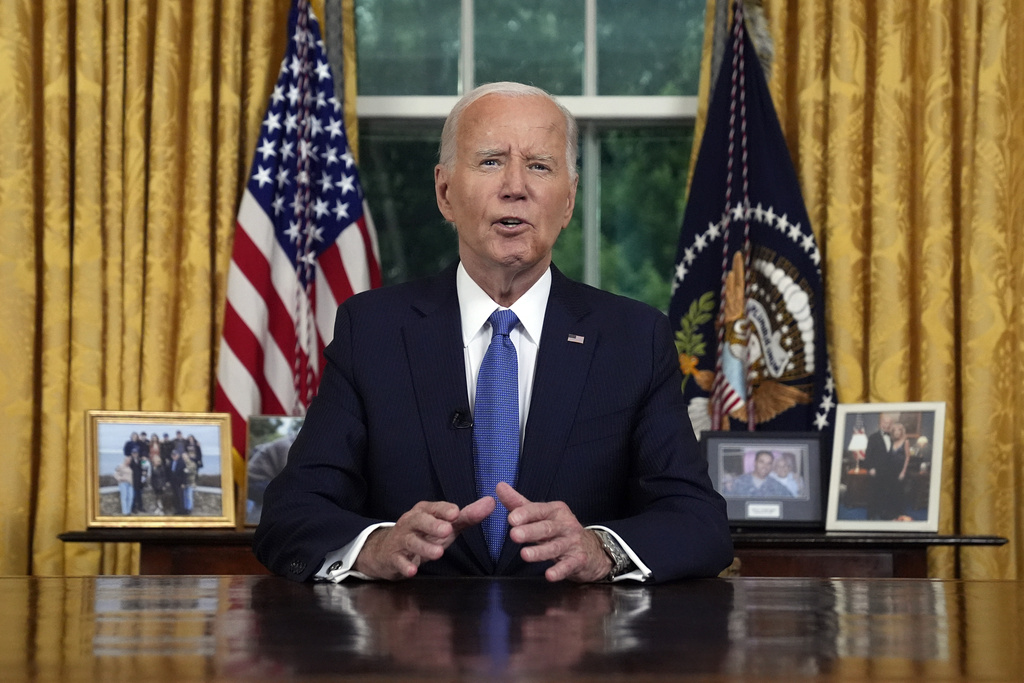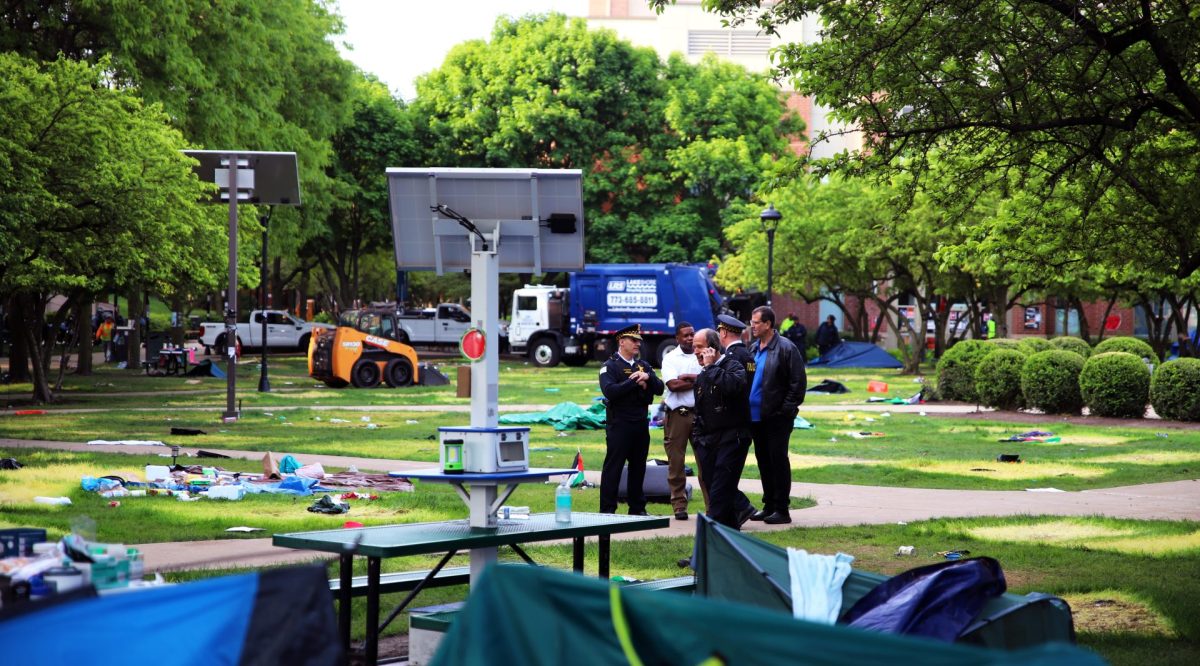Last month, the US Department of Education granted DePaul Asian American and Native American Pacific Islander-Serving Institution (AANAPISI) status for the fiscal year 2024, effective immediately.
The Department of Education states that an eligible institution must have an undergraduate enrollment of at least 10% Asian American and Native American Pacific Islander students. DePaul currently exceeds that criteria by 2% with 2,329 students.
Receiving this designation has taken about two years starting with Elizabeth F. Ortiz, the previous vice president of the Office of Institutional Diversity & Equity, leaving the current interim vice president to take over and achieve this status.
Besides enrollment, there are other criteria an institution needs to meet to be part of the AANAPISI program.
“The other has to do with the cost of education,” said José Perales, the interim vice president of the Office of Institutional Diversity & Equity. He and the previous vice president led the task force that oversaw the two-year process.
According to The U.S. Department of Education, to be considered for AAPI serving status, a school needs either half of its degree students to get financial aid based on need under Title IV of the Higher Education Act, or a significant portion of its students to receive Pell Grants.
The U.S. Department of Education also states that the Asian American and Native American Pacific Islander-Serving Institutions Program “provides grants and related assistance” to the institutions that identify as AANAPISI in hopes that it will allow them to provide the resources needed to better serve Asian Americans and Native American Pacific Islanders.
Some of the listed program opportunities include supporting faculty development, curriculum development, establishing community outreach programs and establishing partnerships with community-based organizations serving Asian Americans and Native American Pacific Islanders.
Perales said DePaul plans to seek other “funding opportunities” that would best help the community.
Tianyu Lu, student at DePaul, did not know much about DePaul’s newfound status, but said it made him feel like DePaul was recognizing Asian American and Native American Pacific Islander (AANAPI) students as “important figures” in the community.
“I think this is a good start for Asian Pacific Islander students at DePaul,” he said.
With this new title, he added that he hopes DePaul will keep its promises of supporting AANAPISI students, specifically “increased support services, academic programs and other culture initiatives to meet the needs of the student populations.”
“I hope maybe in future we can receive more funding on hosting events so that we can … achieve more,” said Lu.
Andrew Tran, president of the Asian Cultural Exchange at DePaul, also hopes that the new status will create more community for the organizations and agrees that event funding is needed.
“We kind of have to justify a little bit more to try and get the funding, and it can get a bit annoying sometimes,” Tran said. “Funding organization events can get pretty pricey sometimes, so it’s more funding for cultural orgs as well as the cultural centers that support the orgs.”
Perales, the interim vice president, said one of the AANAPISI task force’s goals is to help attract the faculty and staff that can help better support the student populations. He also states that the task force wants to create a student focus group to get ideas and help create some momentum.
According to a DePaul leadership note last month, the number of faculty and staff who identify as AANAPISI is 6%, which is half the percentage of students.
This demographic does not go unnoticed by students like Tran.
“If more faculty were involved in orgs that would be really cool,” he said. “ It would really feel more like a community.”
Related Stories








